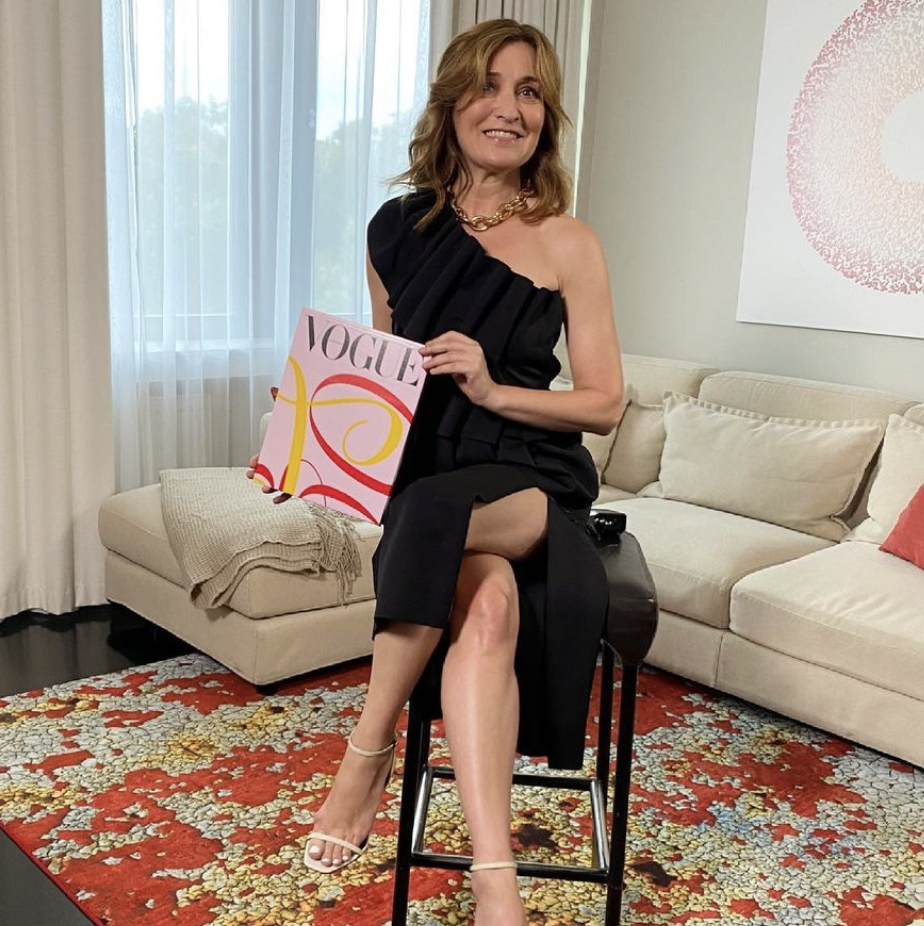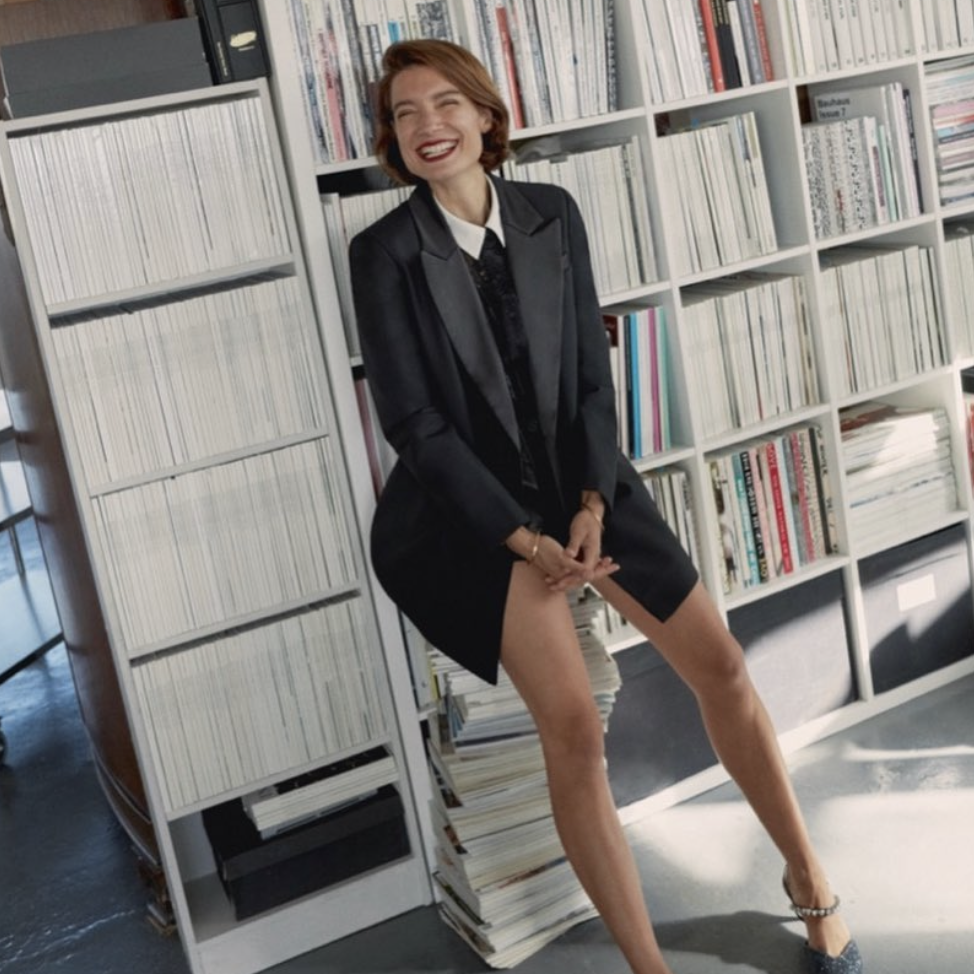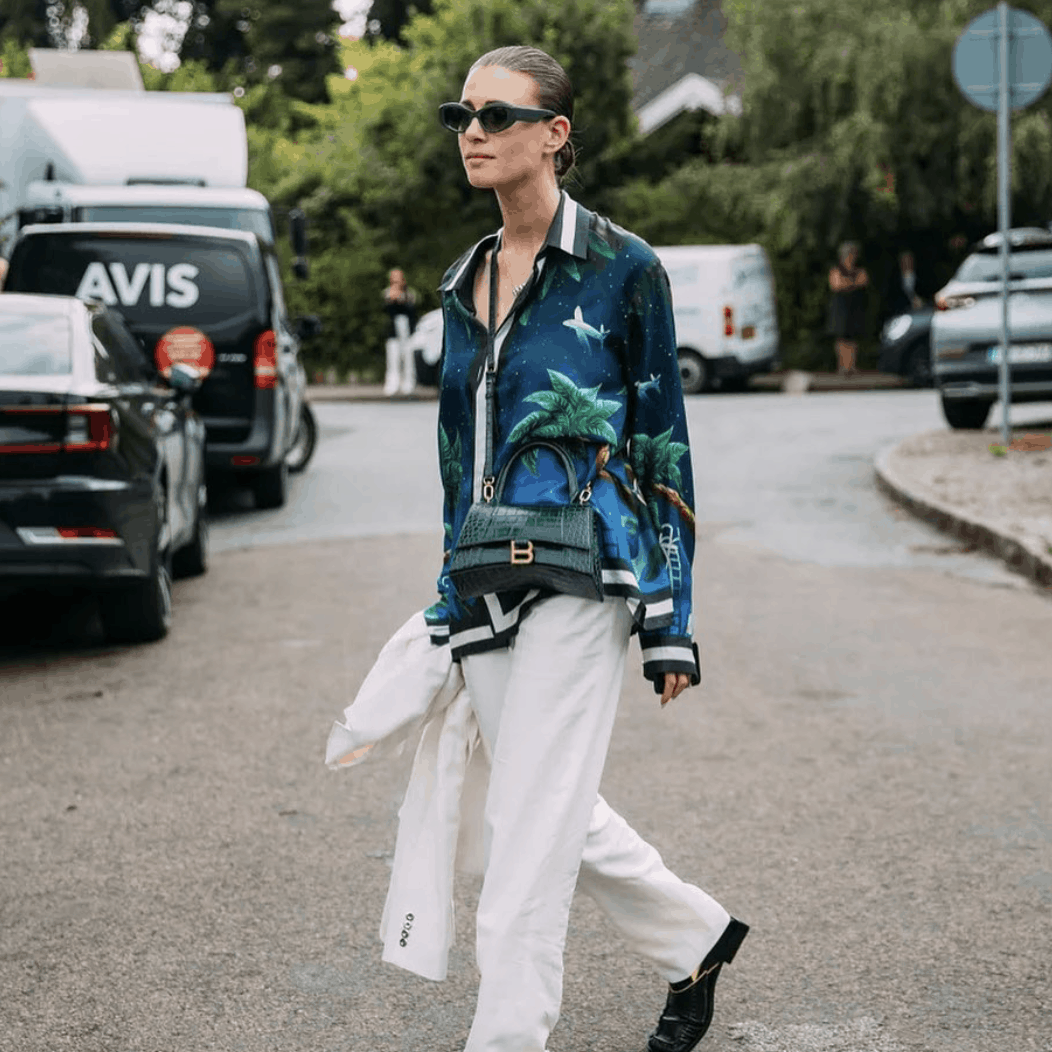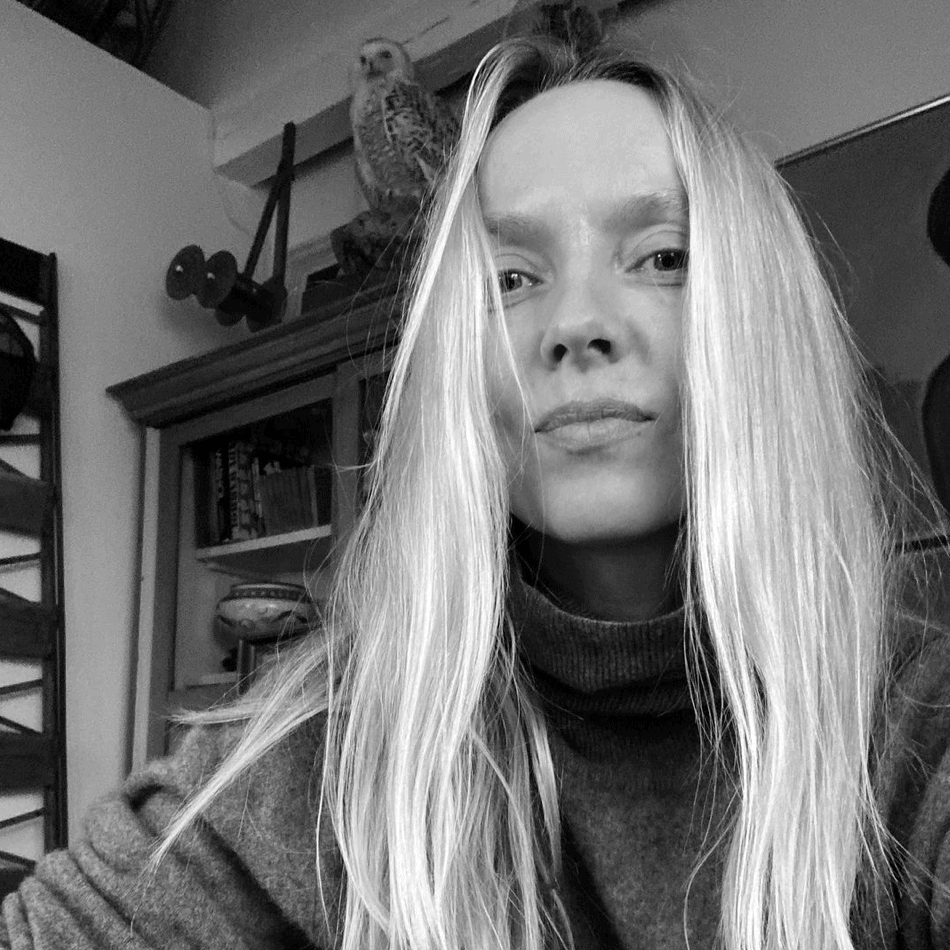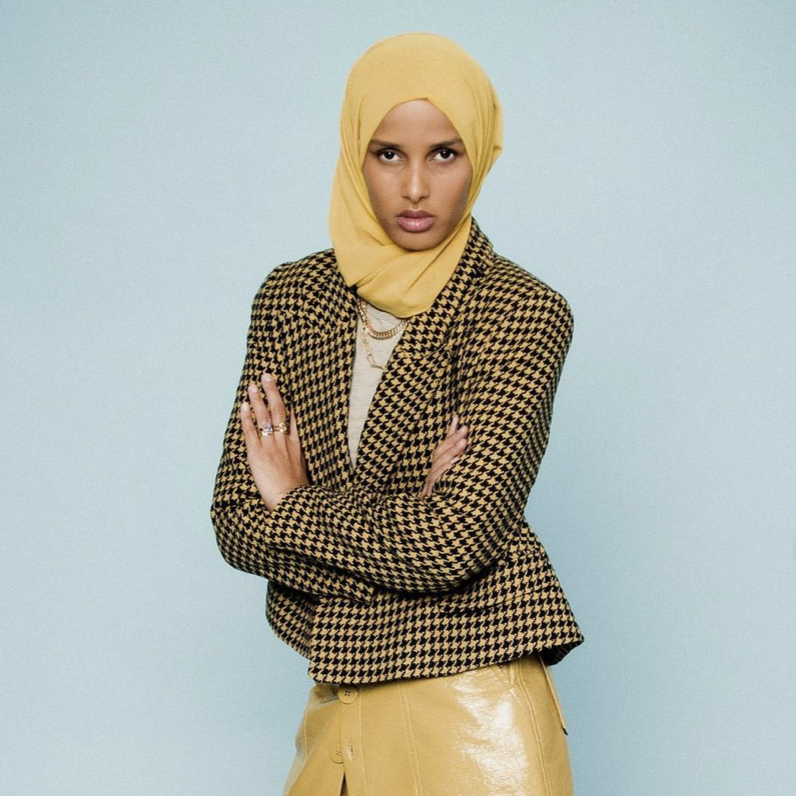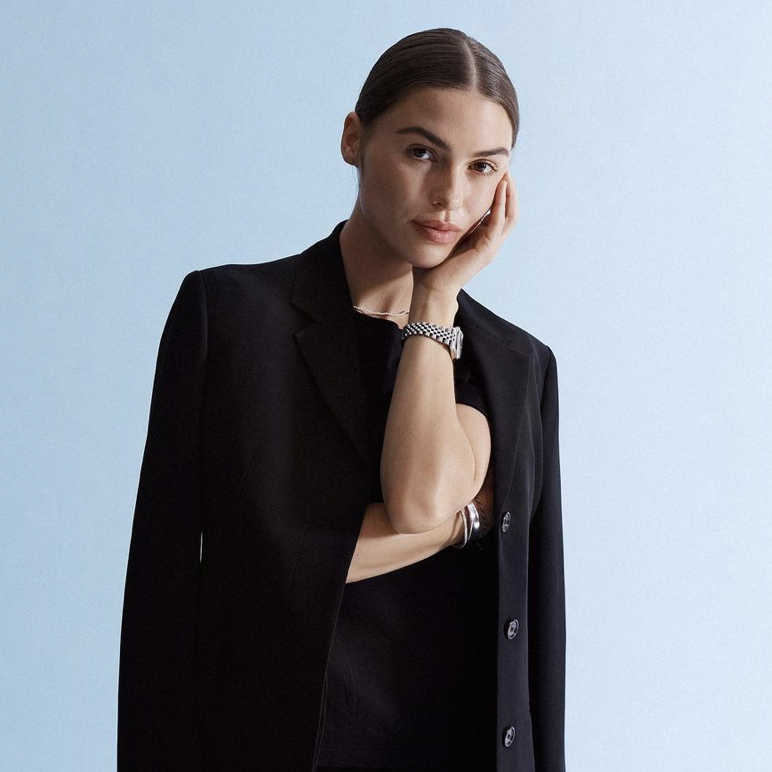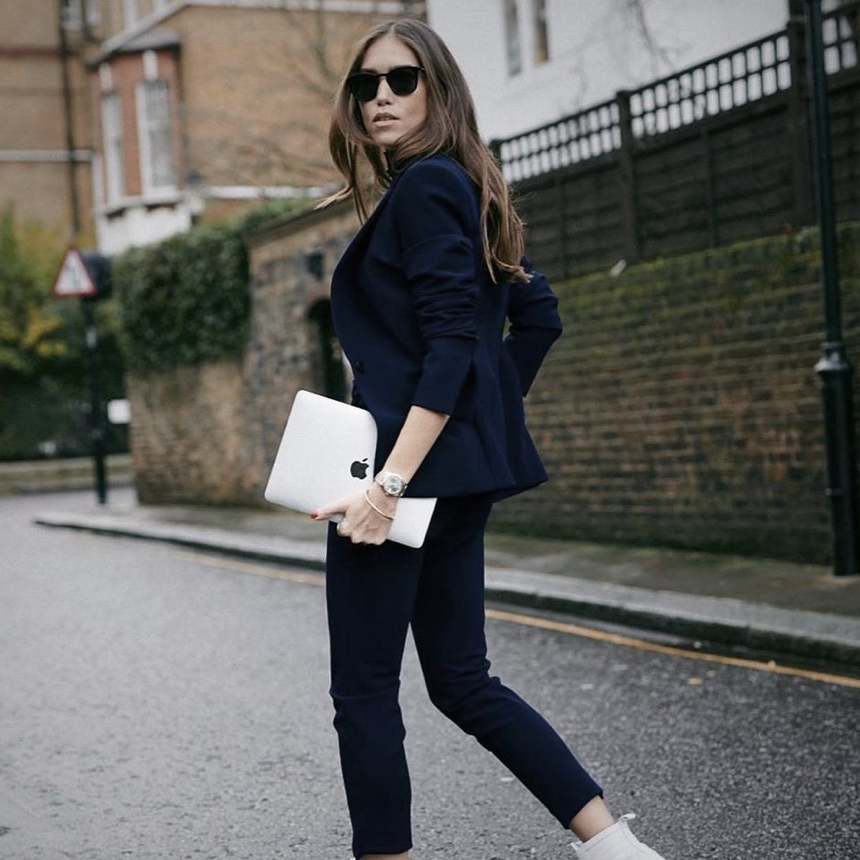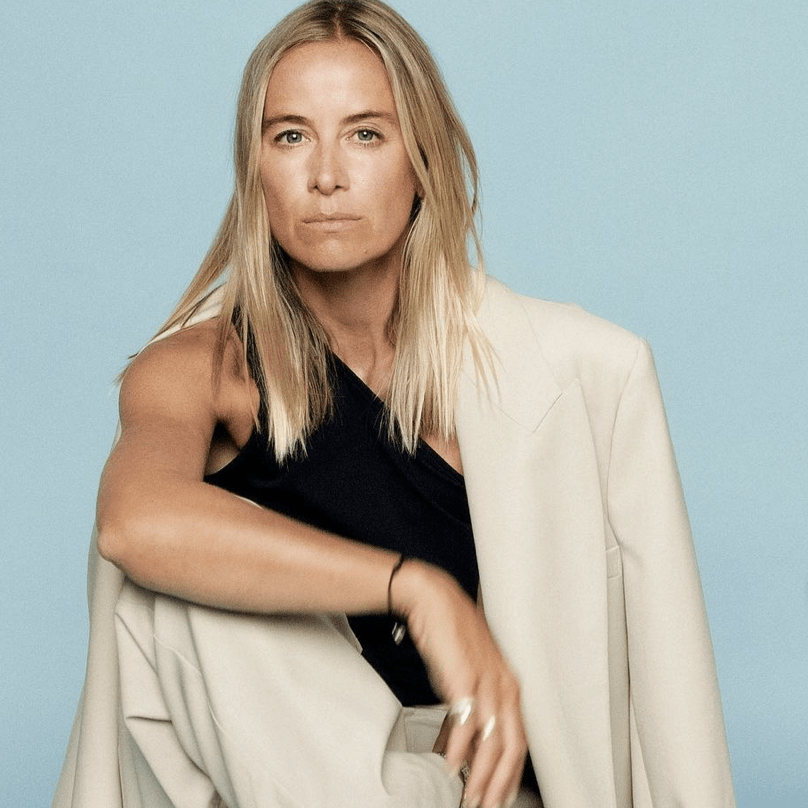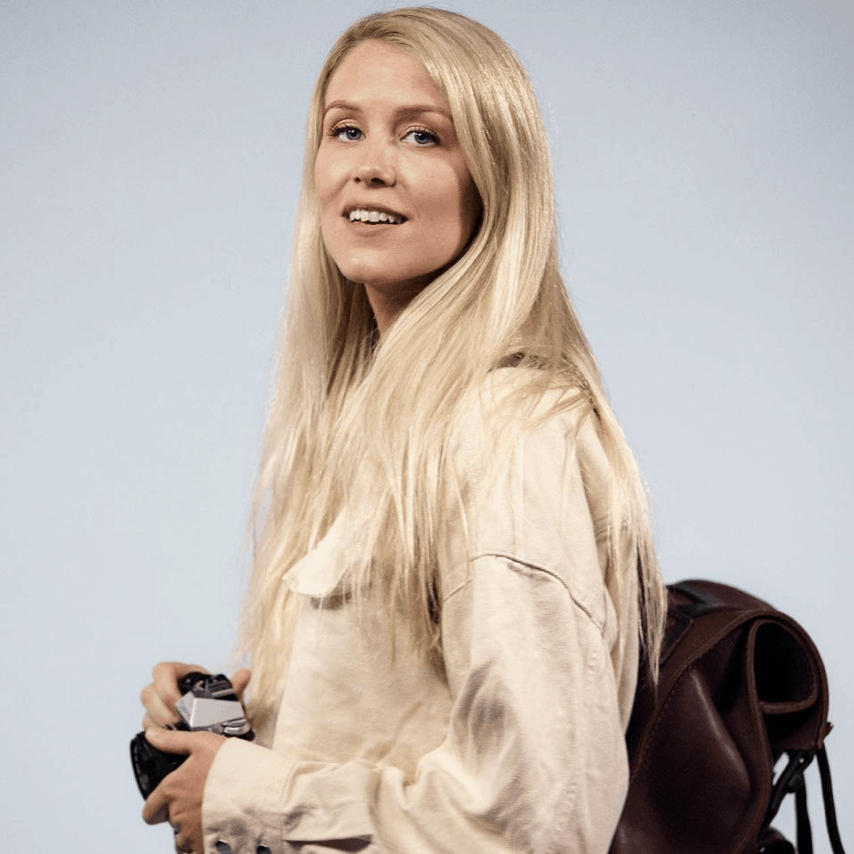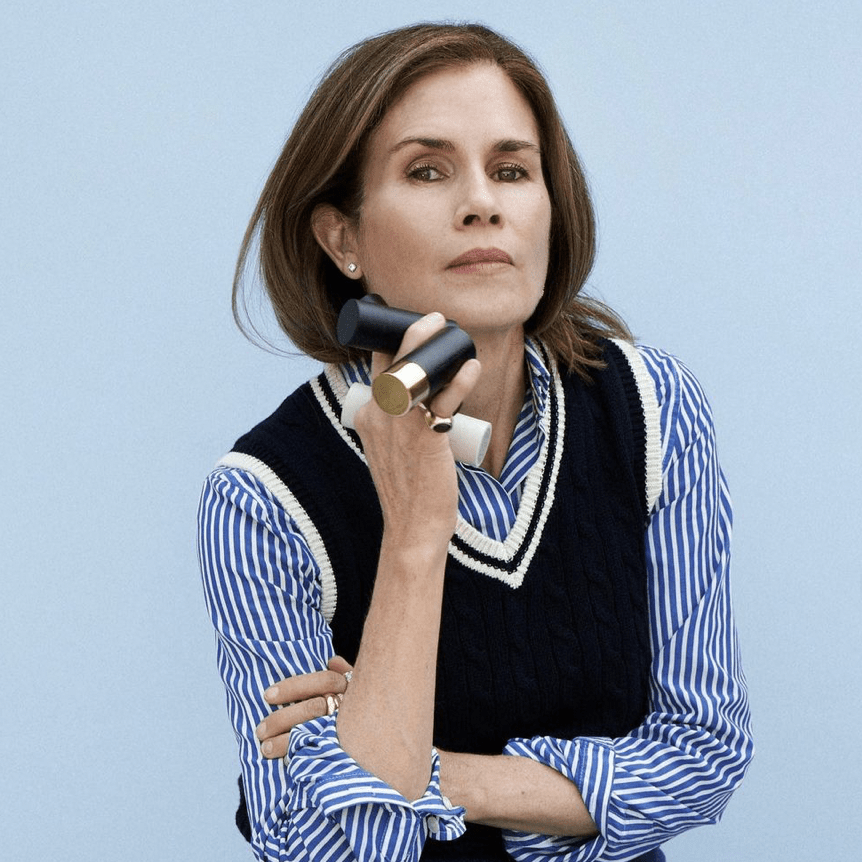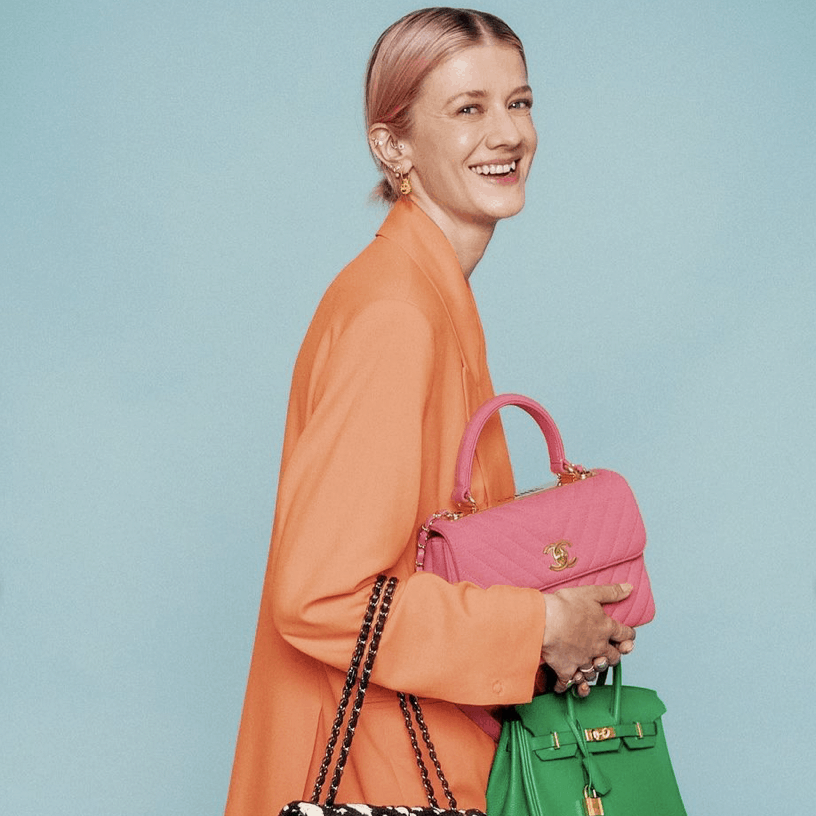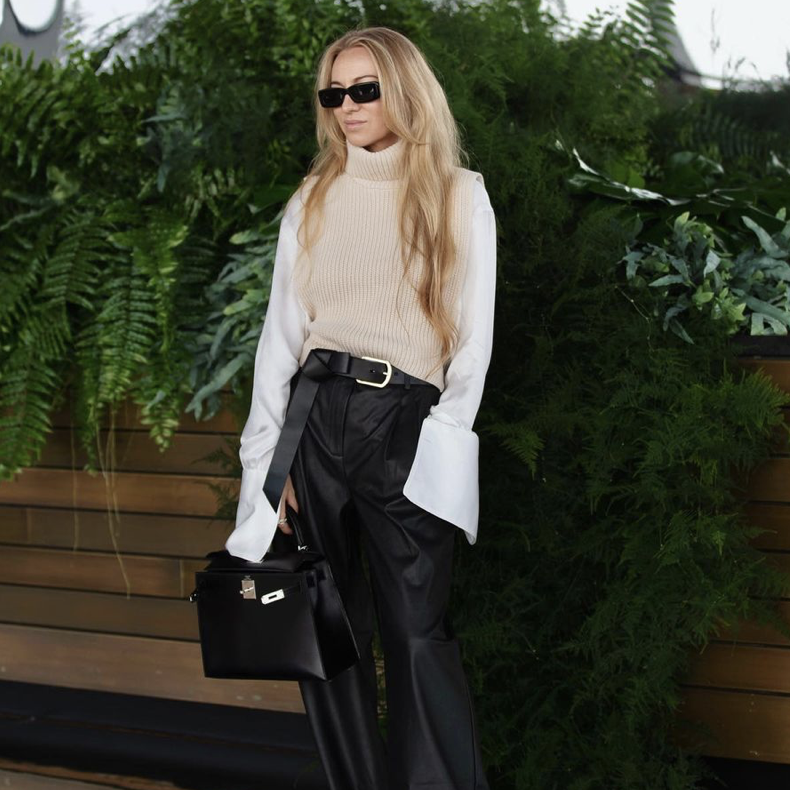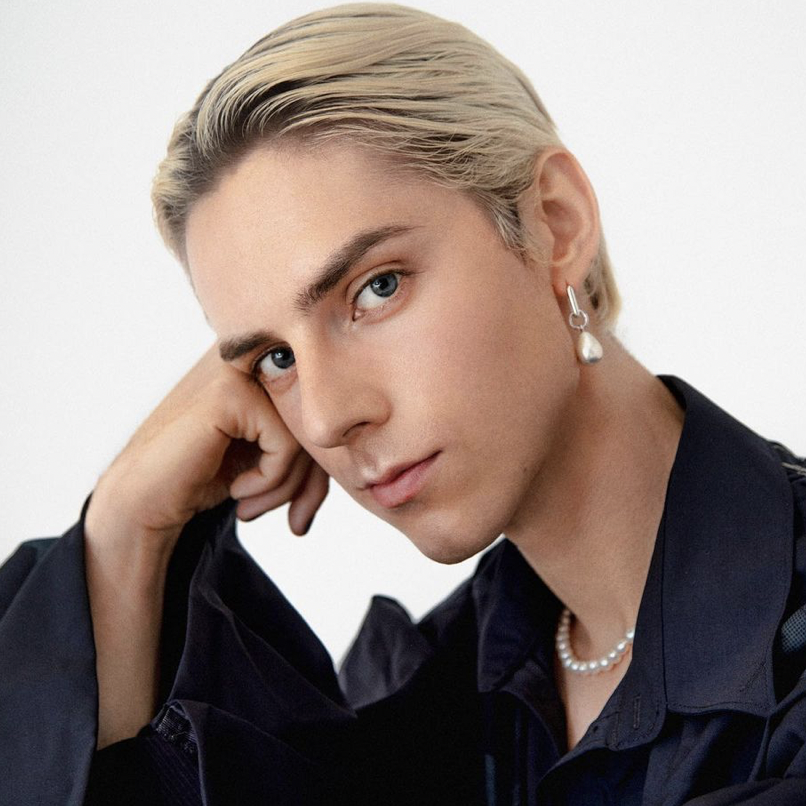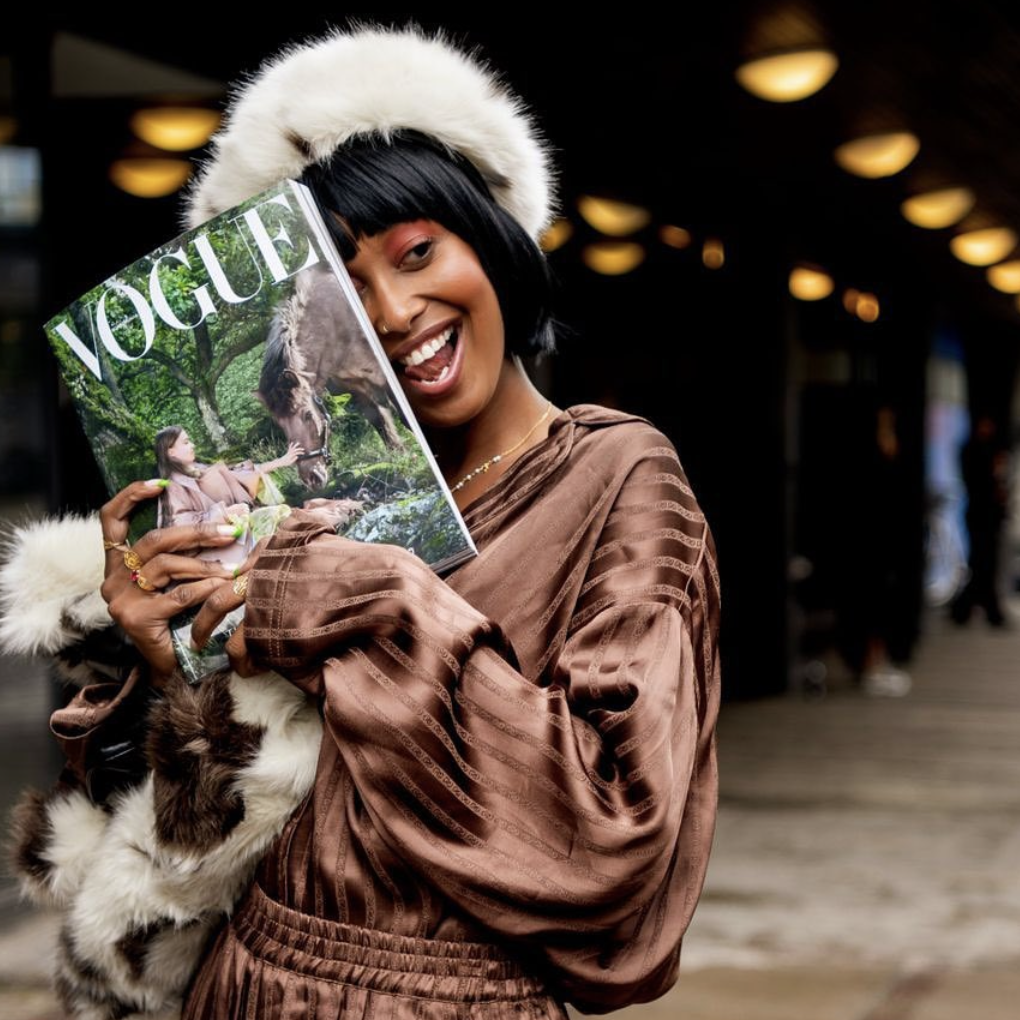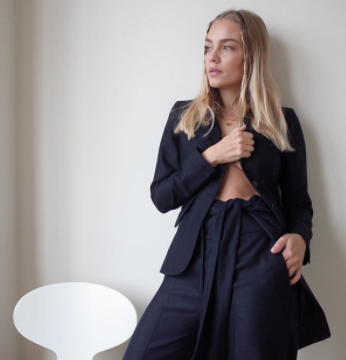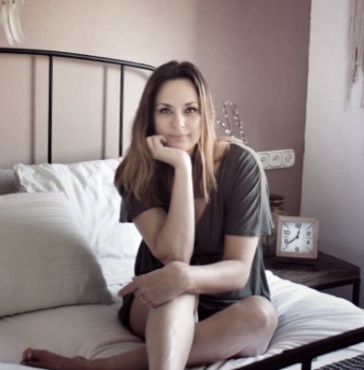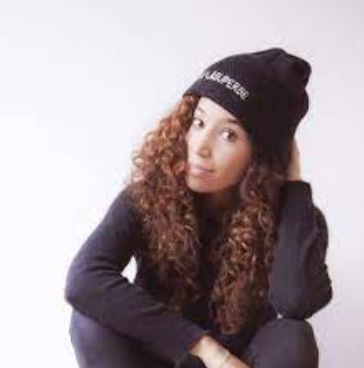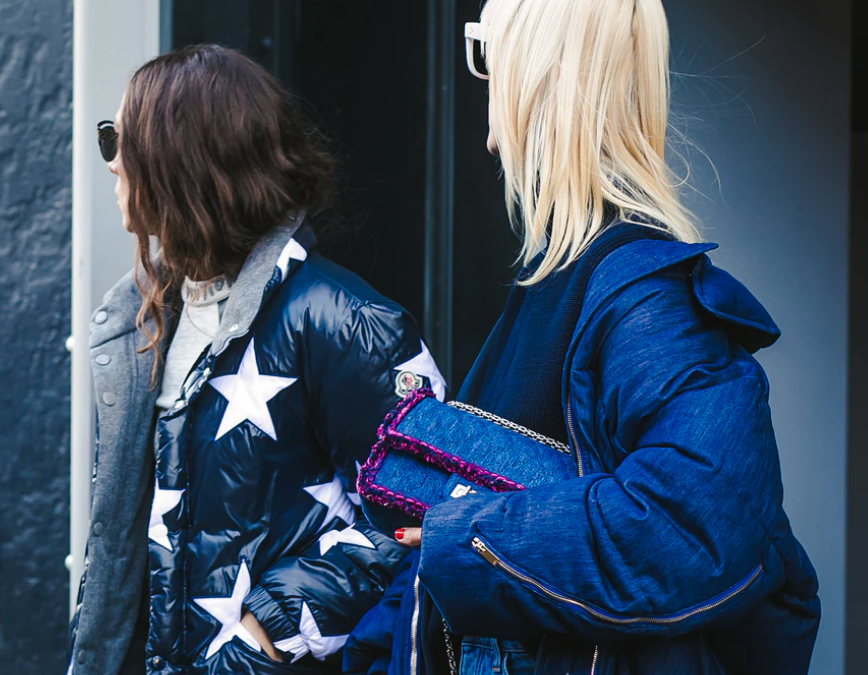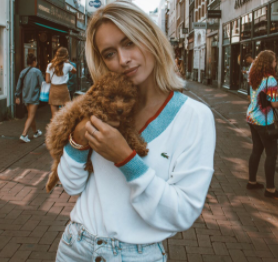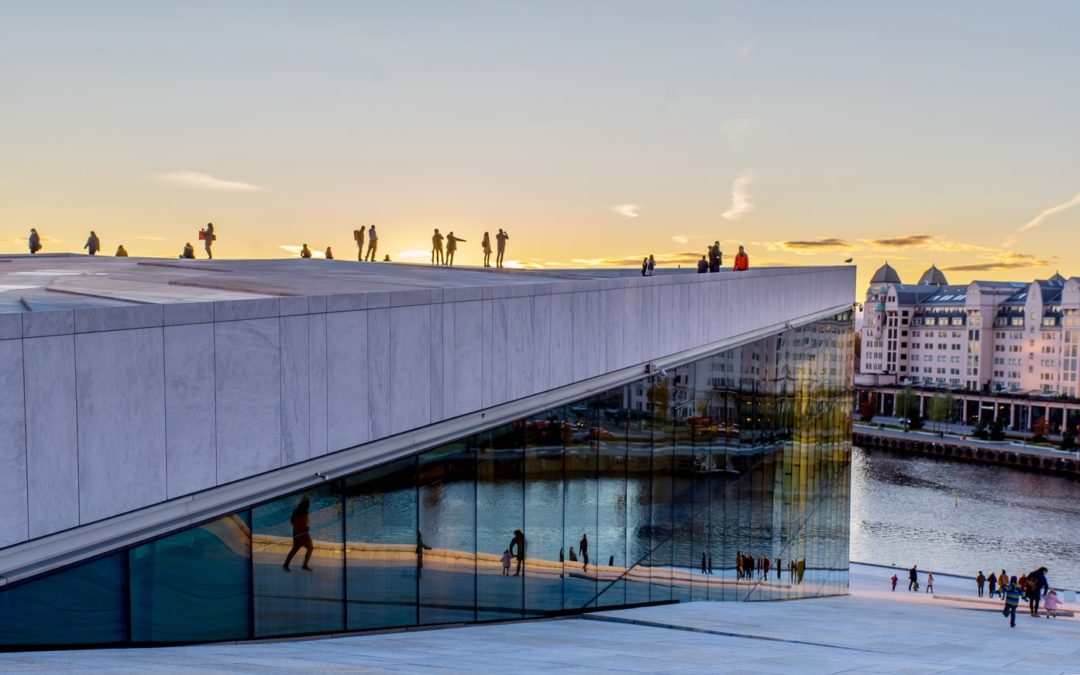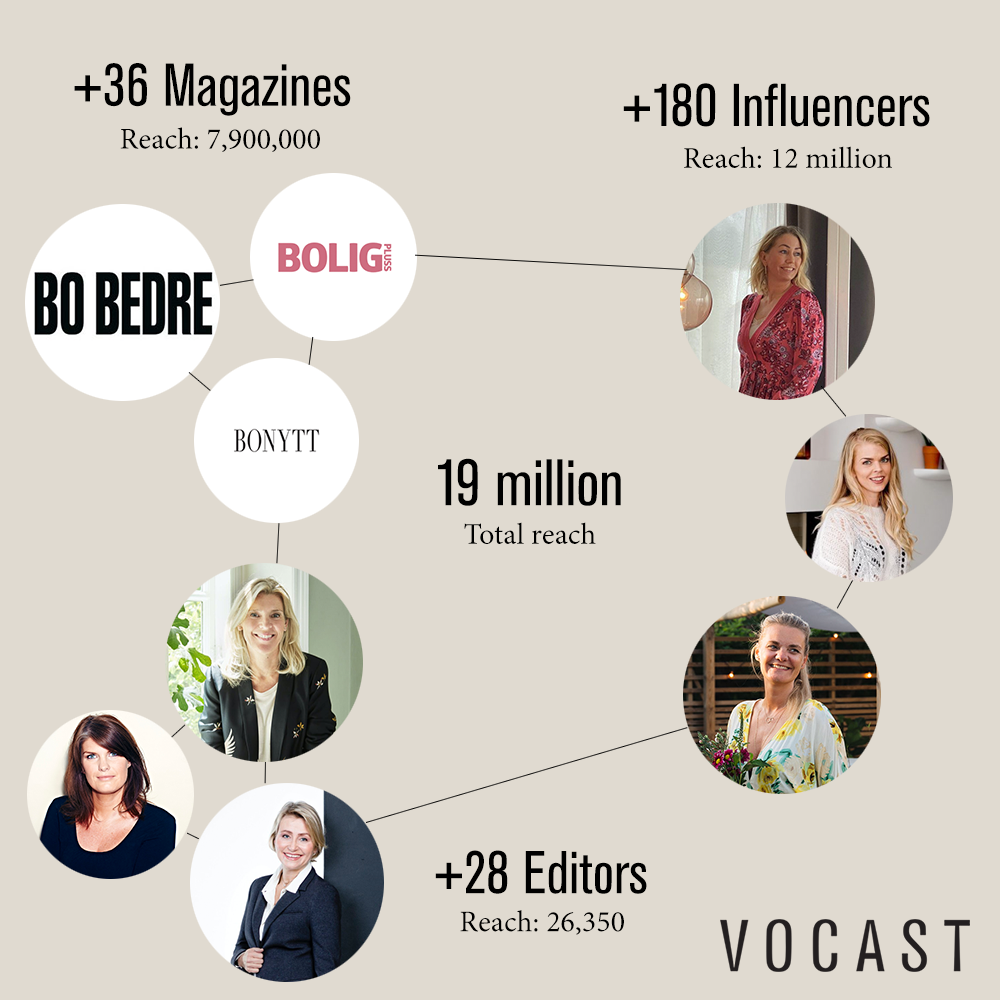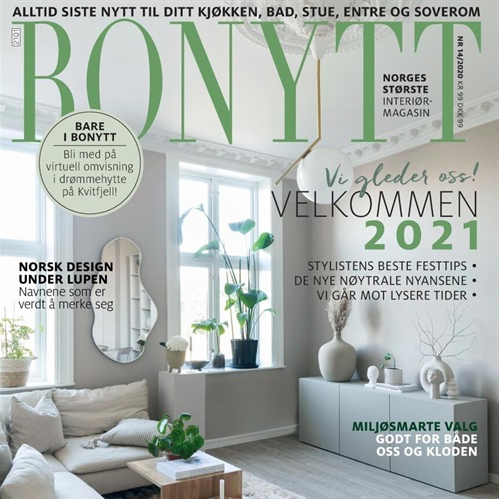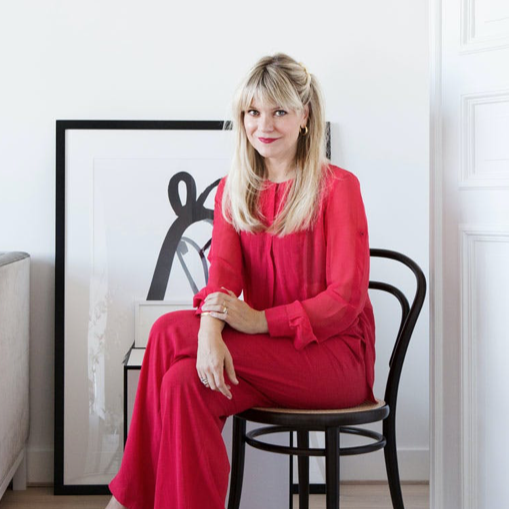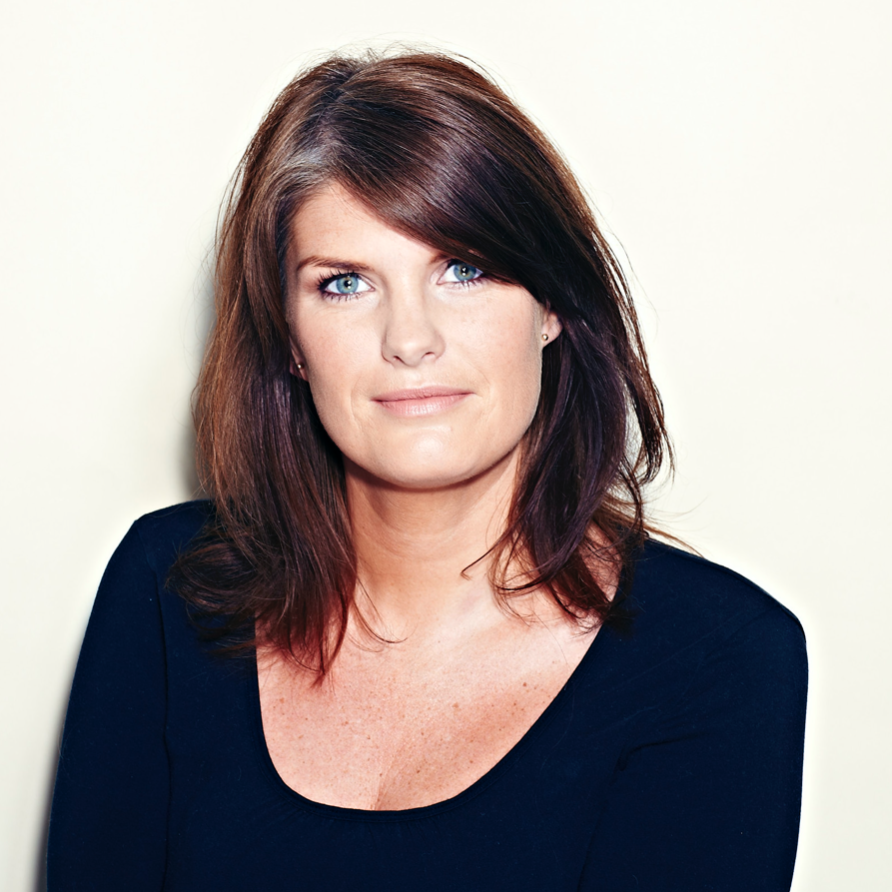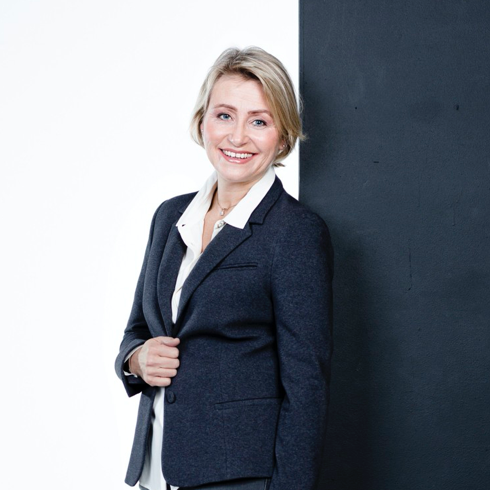For GUBI, a simple Digital Asset Management system with blue folders to store their carefully crafted HQ files, campaign images, pack-shots, videos, etc…was not going to work. They needed a beautiful and efficient way to showcase their extensive furniture portfolio...
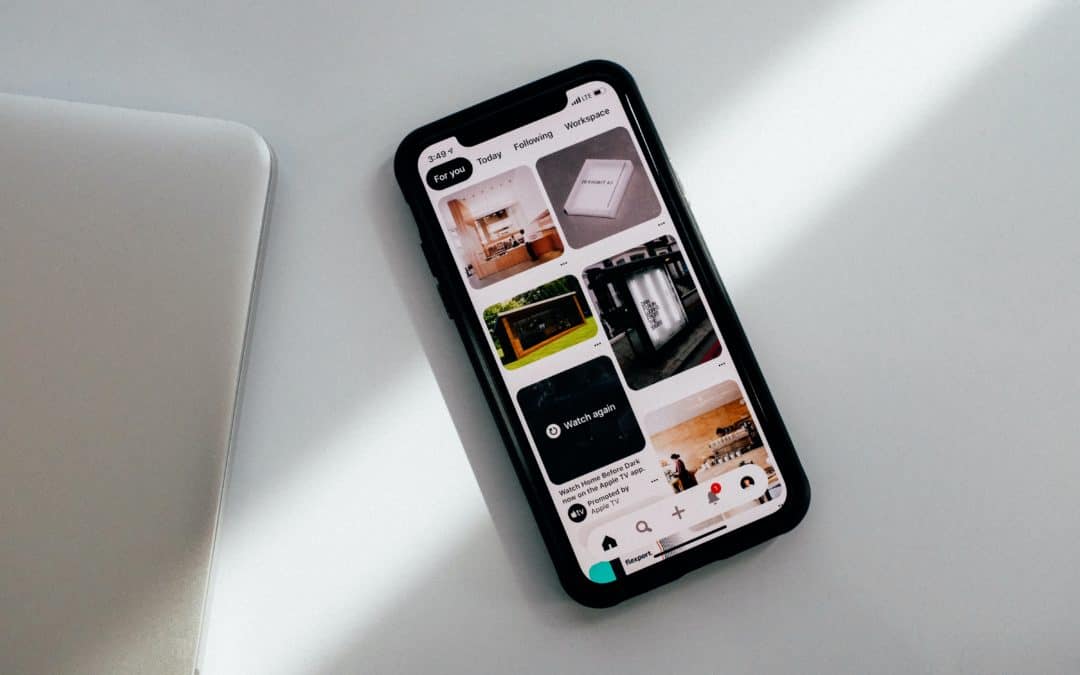
How Pinfluencers can benefit from digital showrooms
How Pinfluencers can benefit from digital showrooms
Get familiar with Pinterest
With more than 400 million people visiting Pinterest every month, Pinterest holds a huge potential to increase and drive traffic but also to raise awareness in regards to interesting stories and streams of content. People are on Pinterest to try new things, save new ideas, and often to make their next purchase. Insights show that 85% of the users on Pinterest go to the platform when starting a new project.
Furthermore, the platform attracts mostly female users, as six out of ten pinners are women who are mainly interested in home decor and interior boards. Looking for and finding inspiration is Pinterest’s business model as it offers a huge variety of clickable boards, and its users have more than 200 billion pins saved which account for the credibility of the platform and makes it attractive for marketers and inspiration seekers. With over 28% of marketers using the platform for their business efforts, and 97% of searches on the platform being unbranded, there is a wide area of use for different purposes.
Pinterest is where people browse, discover and buy. Show up at the moment of inspiration, and take your audience from idea to “I did”.
– Pinterest Business
How to use Pinterest as a brand
Another aspect worth highlighting is that building a community with Pinterest has become easier than it has ever been before. The platform is built upon interaction and is a two-way street. This makes it possible to build long-term relationships with your followers by, for example: following their accounts, commenting on similar content to yours, using the right keywords/hashtags, and matching your presence on Pinterest with all your other social media channels. If you want to step up your game even more, the option to pay for a “Pinterest ads account” will enable you to run ads on the platform, increasing your visibility and engagement rates even more.
People on Pinterest are eager for new ideas, which means they want to hear from you. Content from brands doesn’t interrupt on Pinterest – it inspires.
– Pinterest Business
The benefits of working with Pinfluencers
When working with a Pinfluencer, there are various ways to go about it. The first option presents itself as a mere partnership between the brand and the Pinfluencer, resulting in the Pinfluencer sharing imagery and pictures from your brand portfolio/image bank thus redirecting traffic towards your brand and creating buzz. The second option incorporates the special delivery of imagery, directly created for you as the brand from the Pinfluencer. We are talking about content that has been solely created for the sake of promoting a specific product/service of your brand. A paid partnership that is being followed by many more creative ventures like this can create a satisfying relationship between both parties.
The world of marketing is changing, and creating a lasting impression as a brand is more important than ever before. Therefore, Pinterest offers a unique opportunity for lifestyle and fashion – brands to align with visual worlds that mirror their own aesthetics. Effects such as driving traffic of like-minded people and potential new brand enthusiasts can occur.
Vis dette opslag på Instagram
How can Pinfluencers benefit from digital showrooms?
Pinterest Predicts
Fashion Predictions
Home Predictions
Beauty Predictions
To get access to the curated lists of Pinfluencers and more;
References: Pinterest
 Sarah is the Lifestyle Researcher for the Danish market at VOCAST. She is very passionate about the fashion industry and along with her work at VOCAST she studies Communication at Copenhagen Business School.
Sarah is the Lifestyle Researcher for the Danish market at VOCAST. She is very passionate about the fashion industry and along with her work at VOCAST she studies Communication at Copenhagen Business School.
Kevin is the German Lifestyle Researcher at VOCAST. He has a degree in Fashion Journalism and Media, which makes him an expert in all things fashion and lifestyle. While he currently undergoes his second education in Marketing & Communication Design, he also established a strong interest in Social Media and Communication Strategy.
SIGN UP TO OUR NEWSLETTER
Get free knowledge on how to optimize your B2B marketing & new product releases.
RELATED POSTS
How GUBI is successfully sharing B2B content with over 2000 partners
Fashion experts’ top 3 pieces of advice on how to make your brand grow
Digitalization is at the forefront of the conversation about what is changing in the fashion industry. The need for brands to have an online presence and operate business digitally has been continuously rising, especially over the past few seasons. We have summed up...
Micro-Influencer Marketing: When Less is More
Influencer marketing is, without a doubt, a number one go-to strategy for many brands. As the world changes, life moves more and more into the online space - and let’s be honest, we can hardly live without social media either. Recently, a niche strategy known as...






